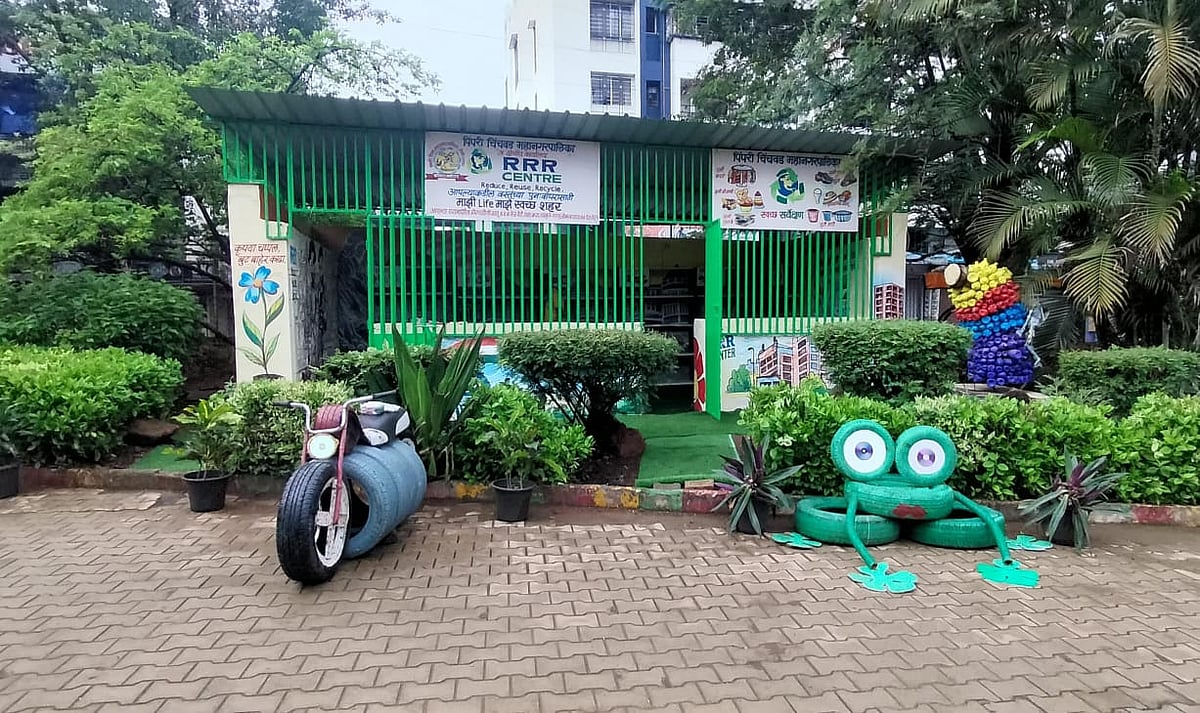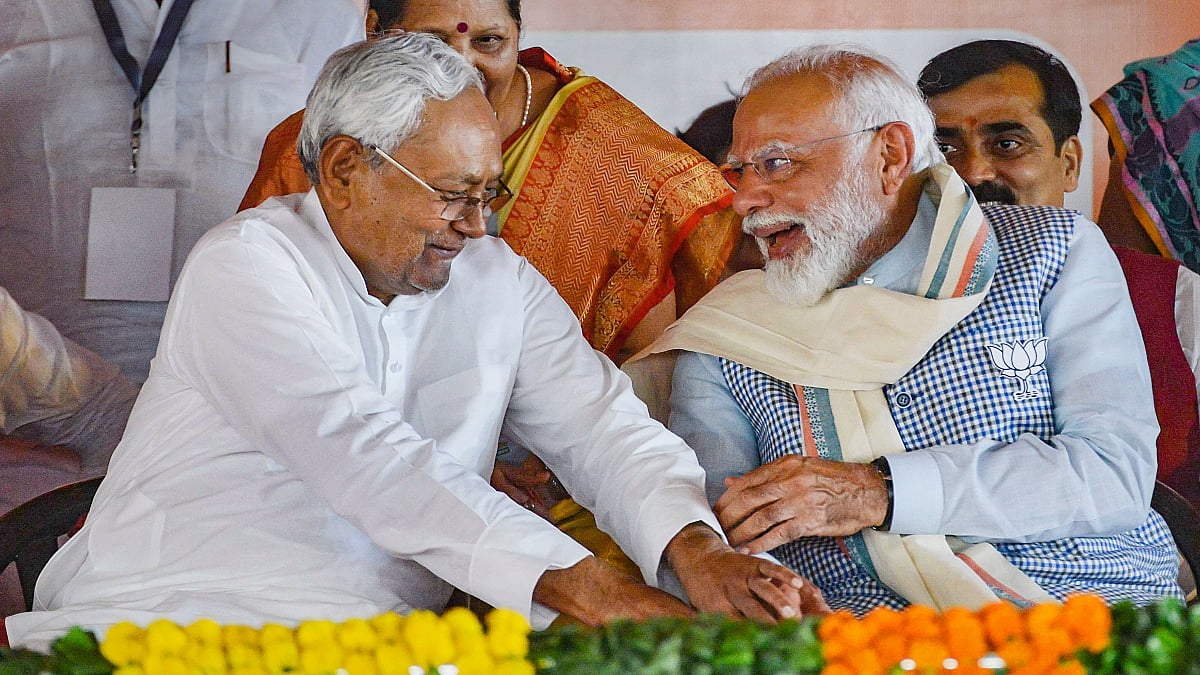I am a Mumbaikar, but even more, an Aarey-kar. For many years now, I have seen nature lovers and NGOs working to preserve Mumbai’s lungs – the forests within Aarey colony! With Environment Minister Aaditya Thackeray ji now taking the lead in ensuring that nearly 800 acres of Aarey is reserved as forest, we are all hopeful that native trees, medicinal plants and local flora and fauna will make Aarey green once again!
Chief Minister Uddhav Balasaheb Thackeray’s announcement that the proposed Mumbai Metro Car Shed will be moved from Aarey to Kanjurmarg is another shot in the arm for preserving the natural beauty of Aarey and Mumbaikars will always be grateful for this decision!
Let me take you to the through the history of Aarey, the Aarey Milk Colony was established in 1949, and 3162.32 acres (1280 hectares) was acquired for the purpose. Of these, 1874.43 acres (759 hectares) is currently held by the dairy department. The move to reserve nearly 800 acres of this land (up from the previously reserved 600 acres) will not just protect Aarey land, it means that the only metropolis in the world to have a national park in city limits will get greener and help in fighting pollution in the city. If we can rejuvenate this area with planned plantation of native trees, we can definitely help bring down the level of pollution and boost the oxygen levels in Mumbai.
Who are the local inhabitants, original residents of Aarey?
Mumbai is known for its original inhabitants – the kolis (fisherfolk). In the same vein, the Aarey colony has always been associated with its original residents – the adivasis (tribals). There are 27 adivasi padas in Aarey. The adult population of 25 of these padas is 26,442 and children’s count is 1587.
It is crucial that we conserve and protect the unique culture and traditions of these tribals. This can be done by enlisting the help of local adivasi self-help organisations and building a planned township for them in one place. In addition to residential accommodation, this township can have basic provisions for adequate electricity, water and toilets. Social welfare centres, health centres, schools and even an art gallery that showcase their culture can all be part of this township.
Let the leopard have his home
The Sanjay Gandhi National Park has always been home to leopards. These animals stray out of their homes only when they do not have enough to eat. We cannot deny the possibility of these leopards straying into the 800 acres of forest land, which is adjacent not just to SGNP but also to human settlements. Solutions need to be found to this dilemma. Based on research into leopard attacks and the forest department’s observations over the years, we can bring down the movement of leopards outside their natural home as well as ensure proper nourishment for them if we make sure a regular supply of food is available for them.
On the other hand, we also need to think of ways in which we can nurture other species including snake varieties like cobras, dhaman and several types of spiders which flourish in this area, with the help of researchers and animal lovers.
Aarey is a gold mine for everything Nature
As of today, there are 226 species of trees totalling 484761 in Aarey, of which 23 species are counted as rare ones. It is important that we now focus on planting trees native to the Indian subcontinent like banyan, peepul, palm and the cluster fig tree (Umbar) which flourish and live for years. This will also help in maintaining environmental, climate and biodiversity equilibrium in the region. Native trees do not just help in providing us with food, clothing and shelter, but also act as hosts and homes for birds, insects and reptiles. It is a symbiotic relationship that prospers between all species thanks to these trees! The land is made more fertile by the leaves shed by native trees, and the roots that spread wide help in holding the soil intact and prevent erosion. This soil is home to several more insect and reptile species in turn.
Here’s an interesting observation – birds will never use the branches or hollows of ‘foreign’ trees like the Gulmohar planted in Indian soil! You won’t find a crow making its nest on a Gulmohar tree, simply because native birds are unused to trees that have been brought from other countries. Insects too turn their backs on the colourful flowers that bloom on ‘foreign’ trees! This has a cascading effect on pollination and reproduction of these trees as well as insect species.
Native trees like the peepul, tamarind, neem grow faster. There are several more which attract birds as well – like Kanchan, Pangara, Shirish, cotton silk, Indian laburnum, the Sita Ashok, the Tamhan (better known as the Maharashtra Vruksha) and more. Local medicinal plants like Kavath, Bel, Amla, Mango and Nandrukh also need to be nurtured in this area.
It would be a good idea to install CCTVs and set up surveillance squads and ensure severe penalty for offenders to ensure that the region continues to stay green and protected.
Let’s preserve natural resources
There are several rivers which originate in the SGNP and run down to the city. Steep slopes make these rivers carry down soil and pebbles with them and cause flooding in nearby areas. We need to ensure that rainwater is harvested in this area by building small bunds on the slopes to prevent the rush of water downwards. This will also help build groundwater reserves in the area.
We need to give an impetus to activities like the tiger and lion safaris, boat club and Chhota Kashmir in the SGNP and Aarey colony. Perhaps we can even plan bird and butterfly parks as are seen in Singapore, create urban forests, jungle walks, open air yoga sessions or pet walks, to boost ecotourism. How about conservation of crocodiles in the Vihar lake in Aarey and turning it into a tourist spot?
Mumbai is a goldmine for anyone wanting to study biodiversity. We have an ocean, rivers, flamingo migrations, creeks, national parks, forests and rare flora and fauna. Leopards and crocodiles live within our city limits! Reserving nearly 800 acres of land within such a city for forest land is a step that will take us miles ahead in the quest for sustainable development! I bet you didn’t know what we were actually losing out on had we allowed the Metro Car Shed Aarey!
Sunil Prabhu is a Shiv Sena MLA from Dindoshi. He's the former Mayor of Mumbai.











